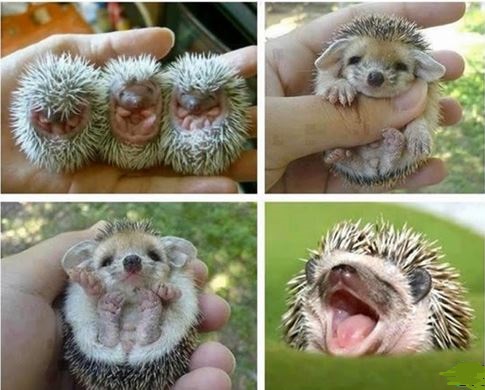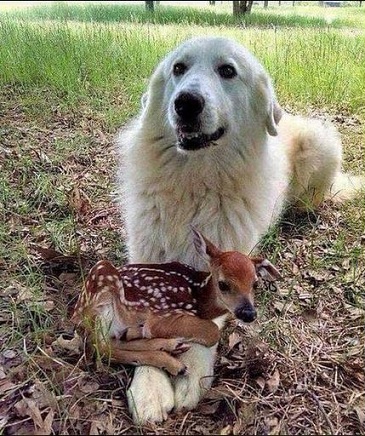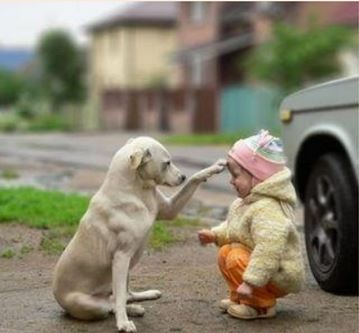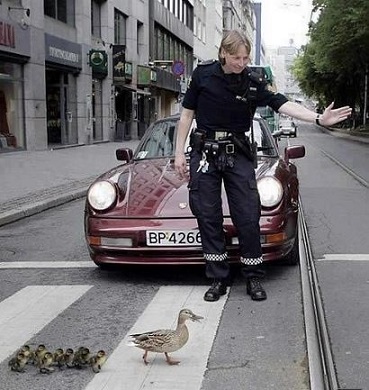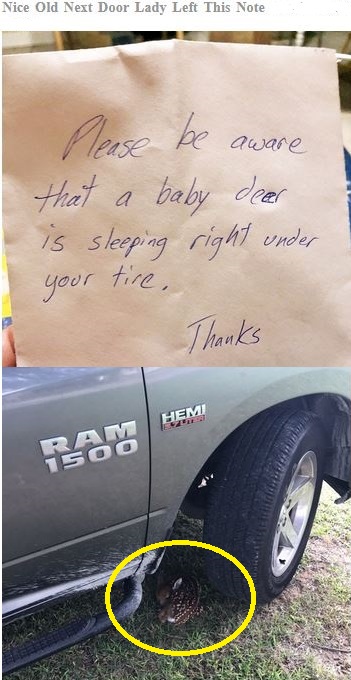No wonder dog is man’s best friend.
A new study found that puppies are born with the innate ability to understand human communications or “social cognition”. The communications include humans’ gestures, speech, and facial expressions.

Emily E. Bray, et al., write in Current Biology, June 3, 2021:
Human cognition is believed to be unique in part because of early-emerging social skills for cooperative communication. Comparative studies show that at 2.5 years old, children reason about the physical world similarly to other great apes, yet already possess cognitive skills for cooperative communication far exceeding those in our closest primate relatives.
A growing body of research indicates that domestic dogs exhibit functional similarities to human children in their sensitivity to cooperative-communicative acts. From early in development, dogs flexibly respond to diverse forms of cooperative gestures.
Like human children, dogs are sensitive to ostensive signals marking gestures as communicative, as well as contextual factors needed for inferences about these communicative acts.
However, key questions about potential biological bases for these abilities remain untested. To investigate their developmental and genetic origins, we tested 375 8-week-old dog puppies on a battery of social-cognitive measures. We hypothesized that if dogs’ skills for cooperating with humans are biologically prepared, then they should emerge robustly in early development, not require extensive socialization or learning, and exhibit heritable variation. Puppies were highly skillful at using diverse human gestures, and we found no evidence that their performance required learning. Critically, over 40% of the variation in dogs’ point-following abilities and attention to human faces was attributable to genetic factors. Our results suggest that these social skills in dogs emerge early in development and are under strong genetic control. […]
Our findings show that, from early in development, puppies are highly sensitive and receptive to diverse communicative signals from humans, including gestures and speech, and that variation in these traits is under strong genetic control. Our study design also controls for several alternative explanations. First, subjects were tested at ∼8 weeks, when they were still living with their littermates and eating, sleeping, and spending most of their time with conspecifics rather than humans. Despite their limited experience with humans, puppies were highly skilled at following human gestures and motivated to attend to and interact with humans. Second, our sample size of 375 puppies permitted a powerful analysis of potential learning effects during gesture-following tasks. These analyses confirmed that puppies were skillful from the very first test trial, and that their performance did not improve across trials.
The researchers maintain that puppies’ ability to understand human communications is “a byproduct of selection for tamability, a phenotype believed to have been targeted during dog domestication.”
~E







